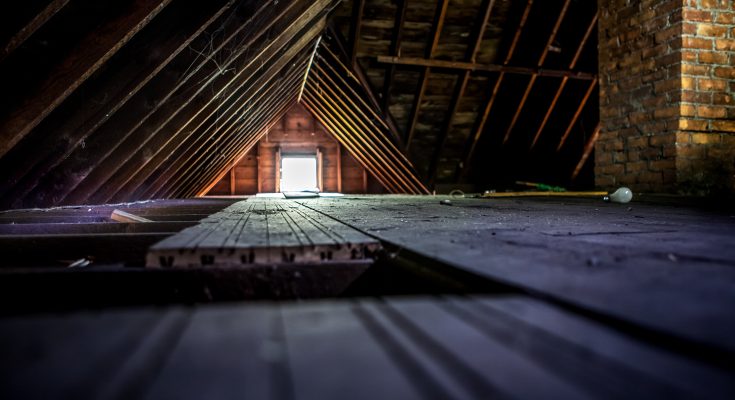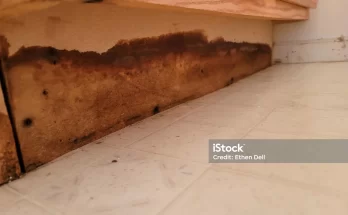Many homeowners may overlook the importance of proper attic ventilation, focusing instead on more visible aspects of their property. However, poorly ventilated attics can lead to a host of problems, including mold growth and the potential need for a new roof in the future. This article explores the consequences of inadequate attic ventilation and offers suggestions on how to prevent these issues from arising.
The Perils of Poor Attic Ventilation
A poorly ventilated attic can create an environment conducive to mold growth and damage to your home’s structure. Trapped moisture and heat in the attic can lead to condensation on surfaces, providing the perfect breeding ground for mold and mildew. Additionally, excessive heat and humidity can cause the premature deterioration of roofing materials, potentially necessitating costly roof replacements.
Mold Growth and Its Consequences
Mold thrives in warm, damp environments, making a poorly ventilated attic the ideal location for its growth. Mold can pose severe health risks to the inhabitants of your home, especially for individuals with allergies, asthma, or compromised immune systems. Common symptoms associated with mold exposure include respiratory problems, skin irritation, and headaches.
Aside from health concerns, mold growth can also cause structural damage to your home. Mold can weaken wooden beams, insulation materials, and drywall, compromising the integrity of your home and potentially leading to costly repairs.
The Need for a New Roof
Inadequate attic ventilation can also have a direct impact on the lifespan of your roof. Excessive heat and moisture can cause shingles to curl, warp, or deteriorate prematurely. Additionally, the trapped heat can cause the roof deck to expand and contract, leading to leaks and water damage. In extreme cases, these issues can necessitate a complete roof replacement, which can be both expensive and disruptive.
Preventing Mold Growth and Roof Damage
Proper attic ventilation is crucial in preventing mold growth and extending the lifespan of your roof. Here are some steps you can take to ensure your attic is well-ventilated:
Inspect and maintain your attic ventilation system: Regularly check your attic vents for any obstructions, such as debris, bird nests, or insulation. Ensure that your vents are in good working order and free from damage.
Balance intake and exhaust ventilation: A well-designed attic ventilation system should have a balance of intake vents (such as soffit or eave vents) and exhaust vents (such as ridge or gable vents). This balance allows for continuous airflow, helping to regulate temperature and humidity levels in the attic.
Ensure proper insulation: Proper attic insulation can help to minimize temperature fluctuations and prevent condensation from forming on surfaces. Make sure your insulation is installed correctly, without gaps or obstructions that could impede airflow.
Monitor humidity levels: Keep an eye on the humidity levels in your attic, particularly during the warmer months or periods of heavy rainfall. High humidity can indicate insufficient ventilation and may require the installation of additional vents or the use of a dehumidifier.
Consult a professional: If you’re unsure about your attic’s ventilation needs or suspect mold growth, consult a professional. They can assess your attic’s ventilation, identify any issues, and recommend the best course of action to ensure a healthy and well-ventilated space.
Conclusion
Proper attic ventilation is essential in preventing mold growth and avoiding the need for a new roof in the future. By taking the necessary steps to maintain and improve your attic’s ventilation, you can protect your home’s structural integrity, safeguard your family’s health, and save money on costly repairs and replacements down the line.




